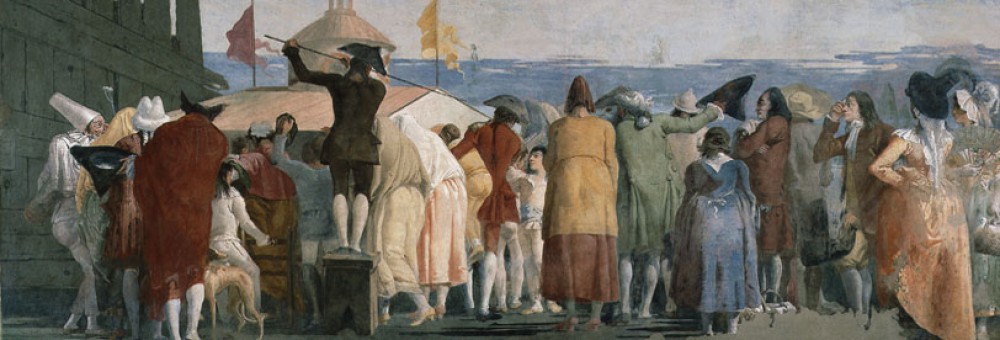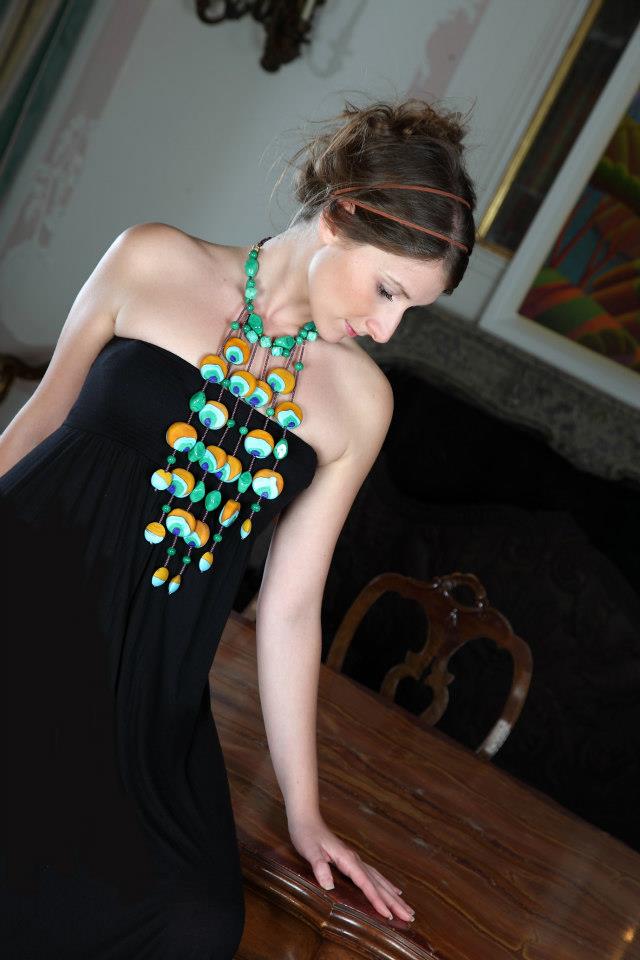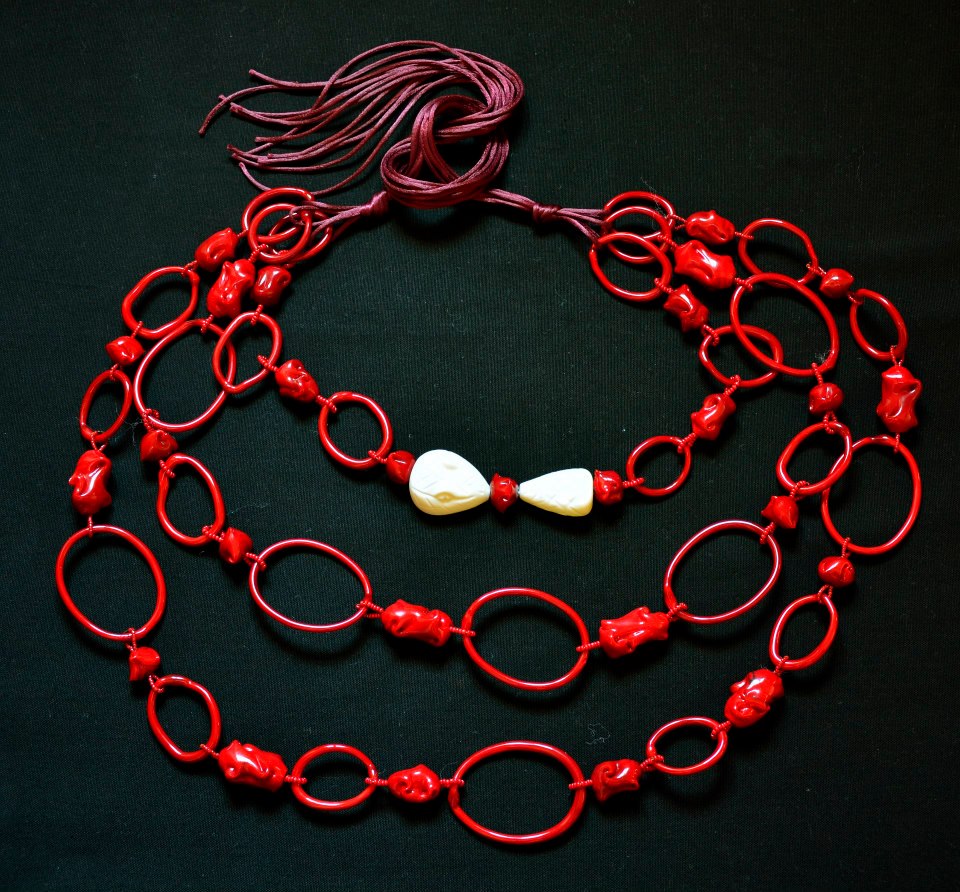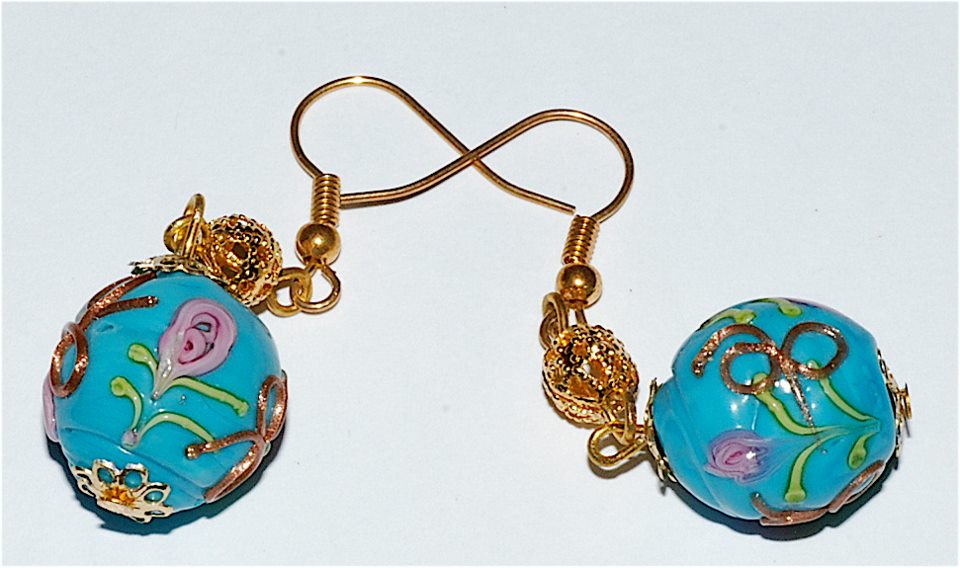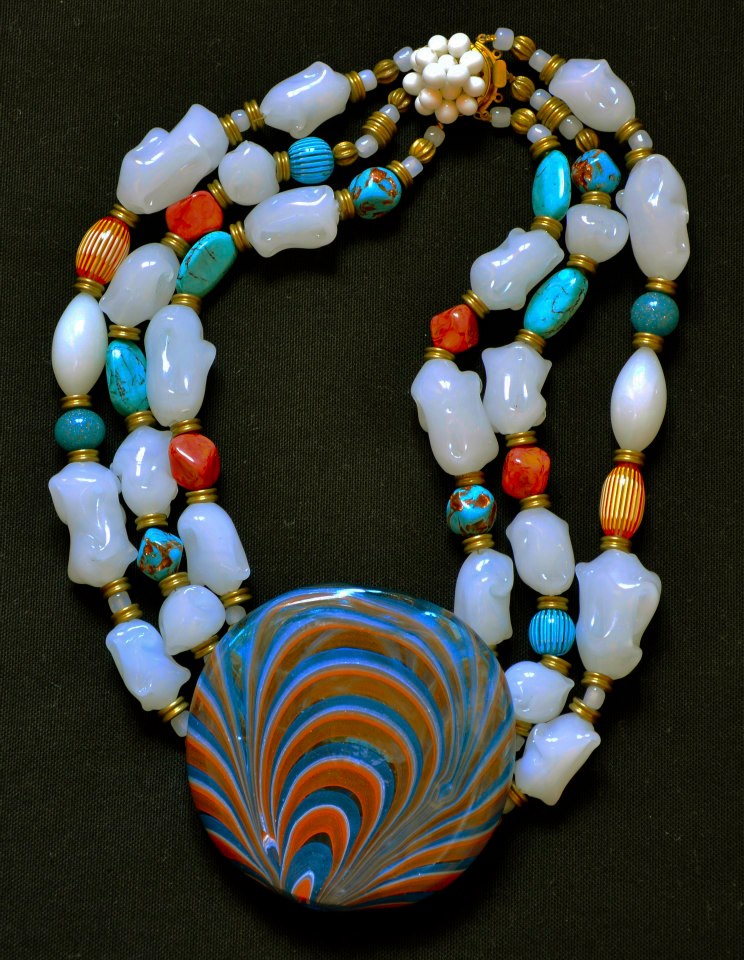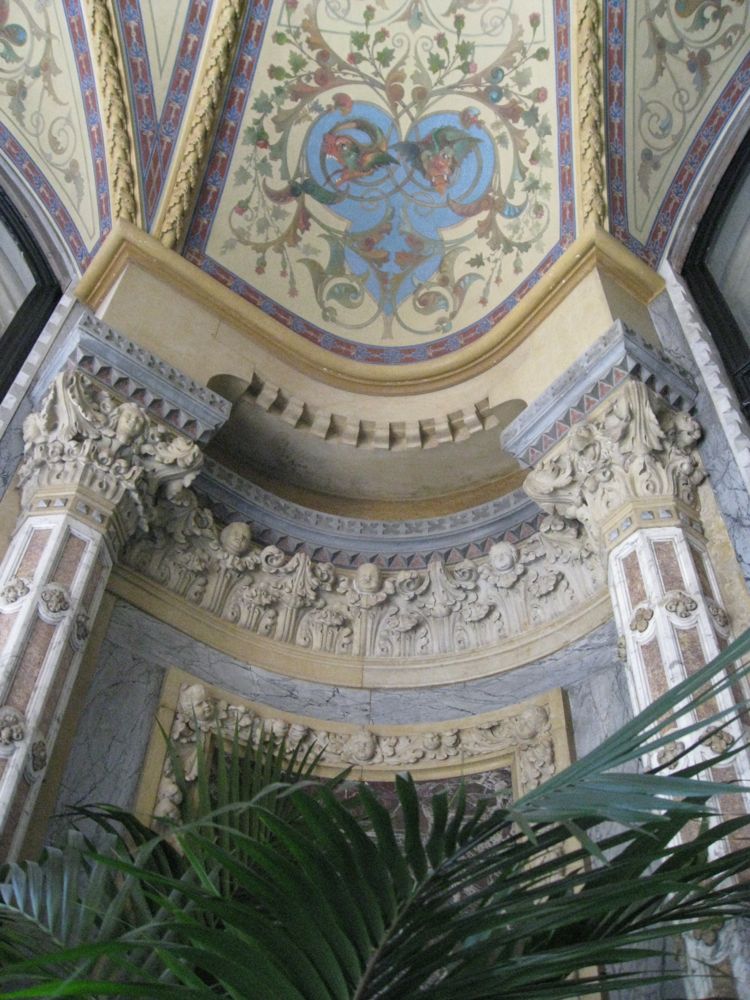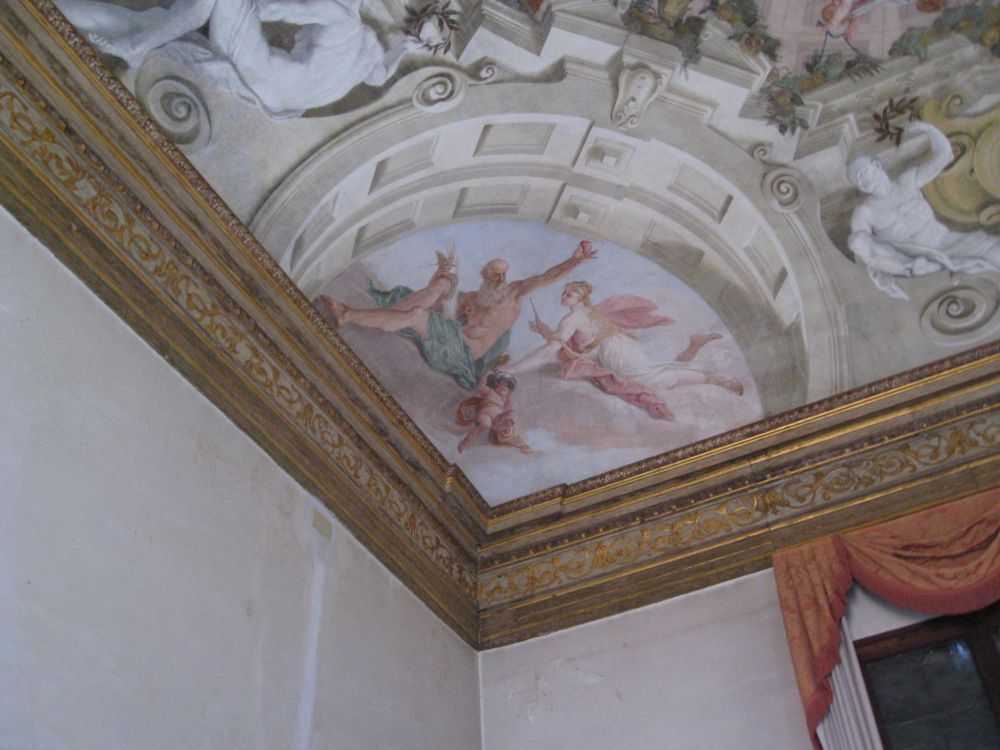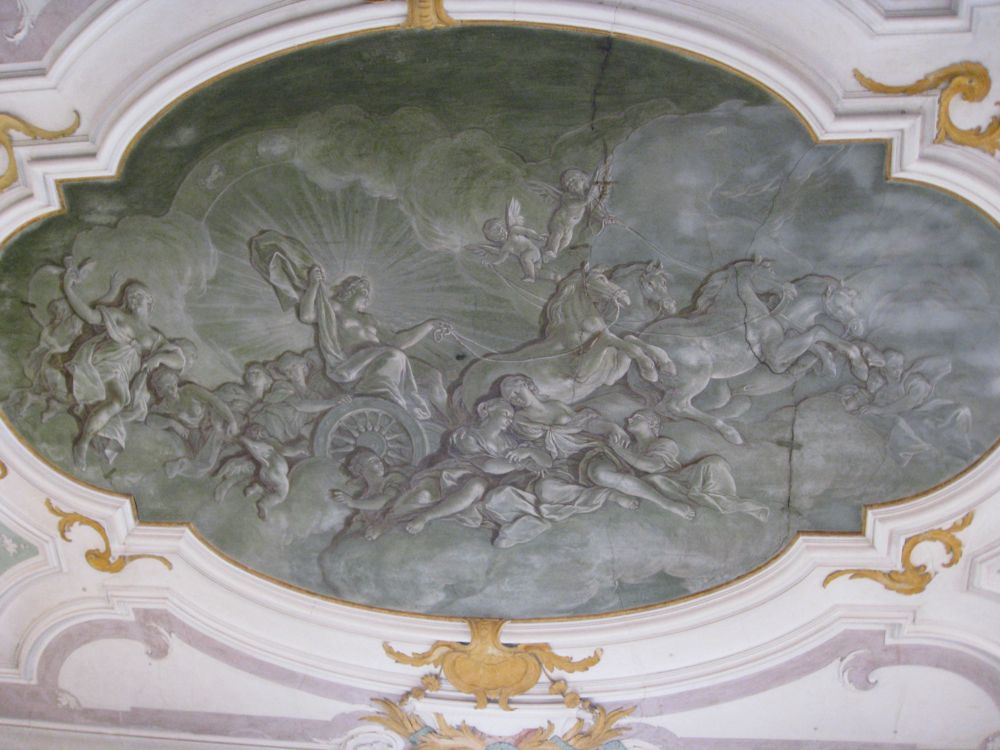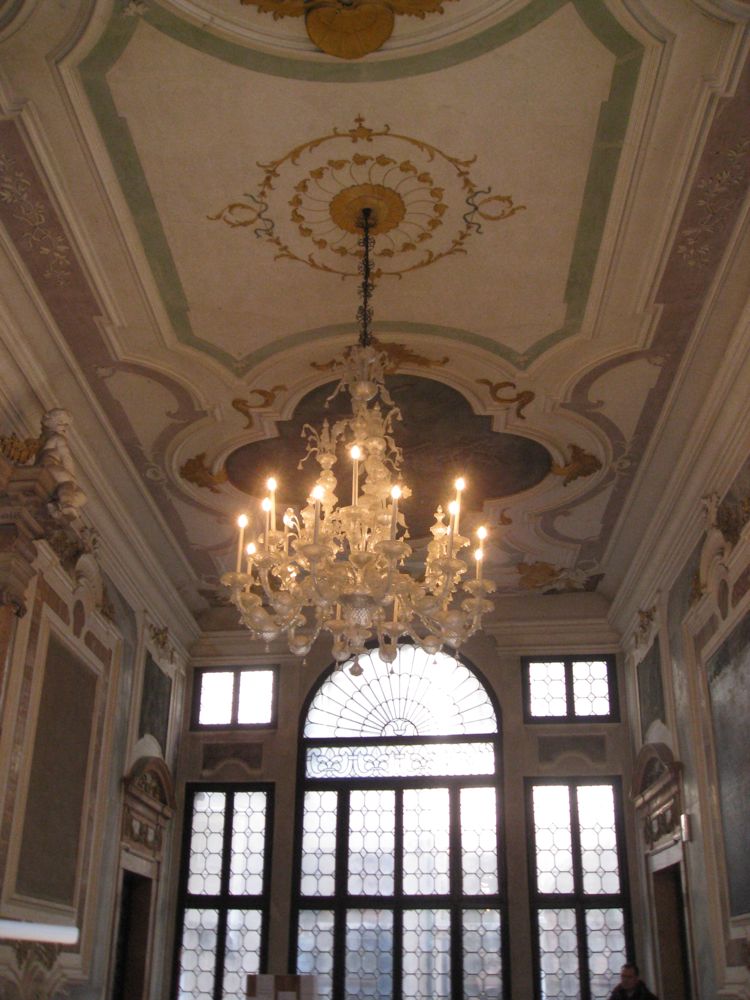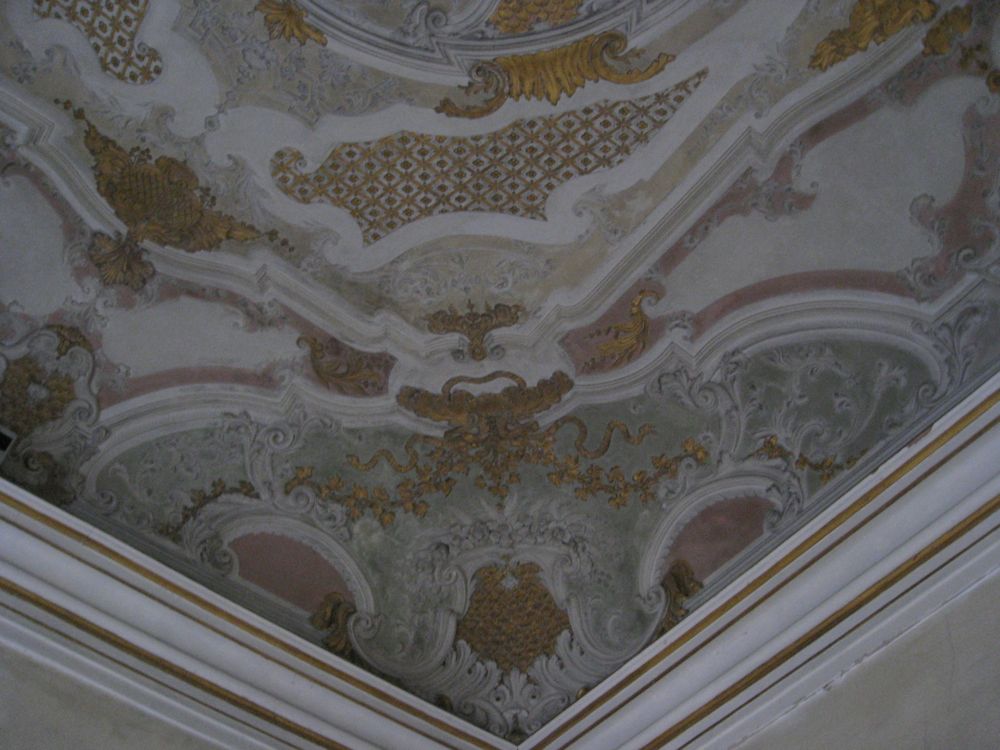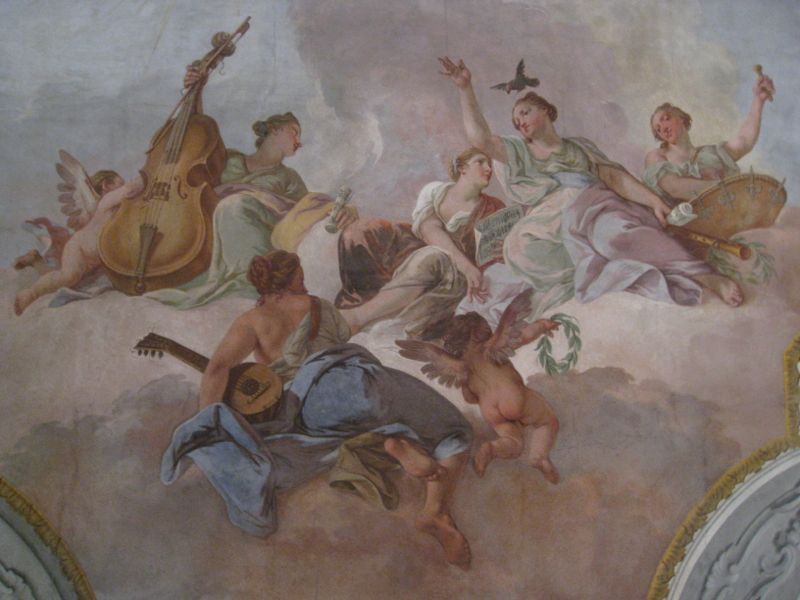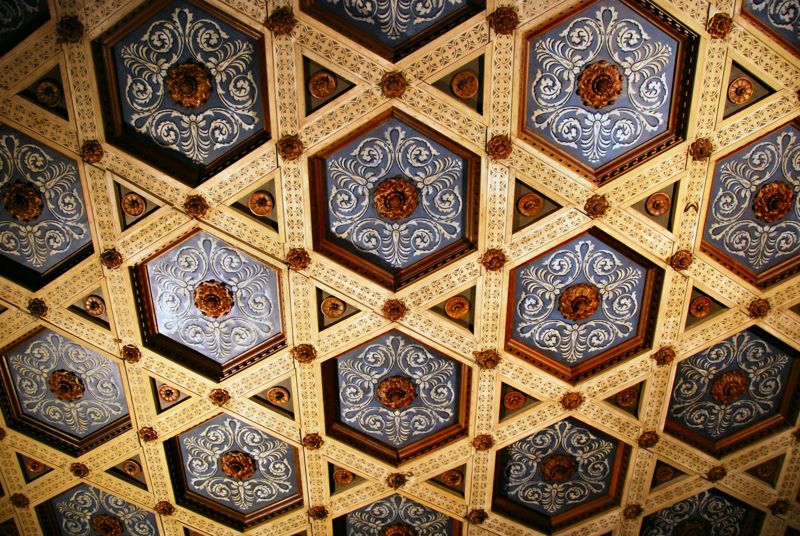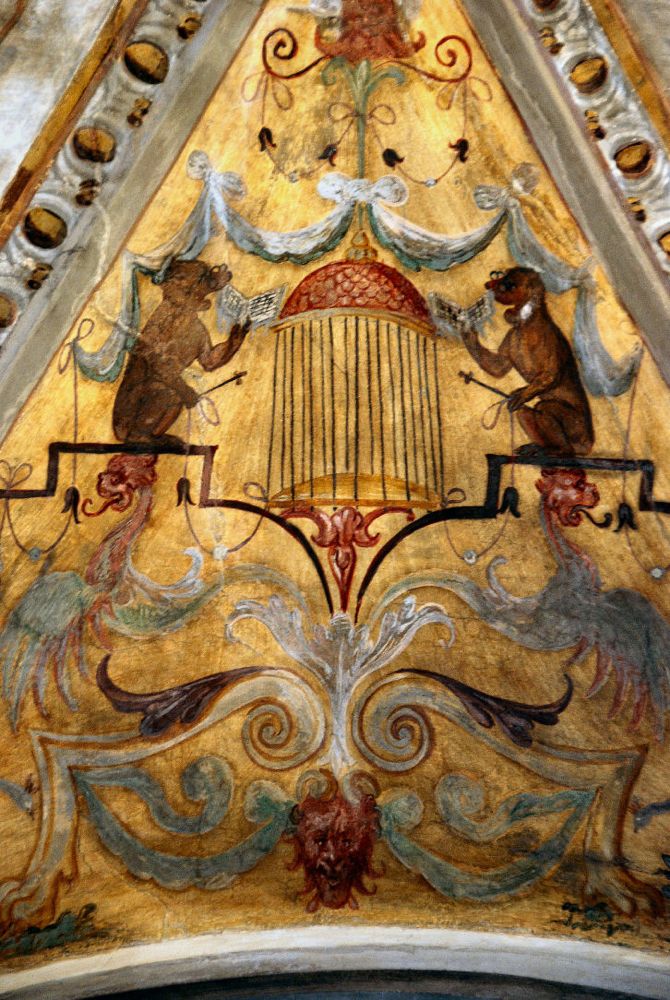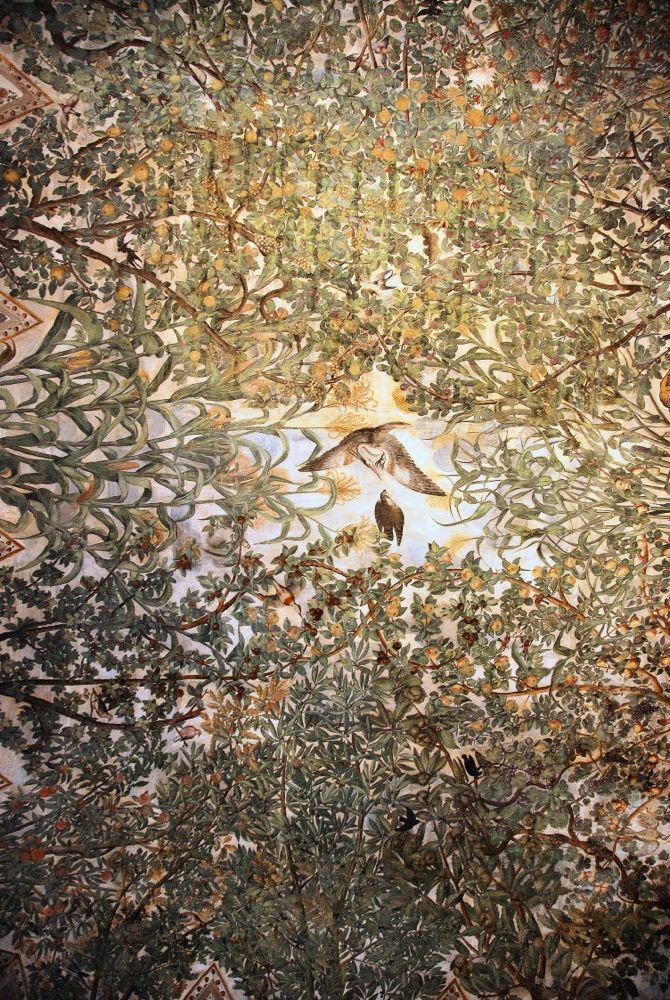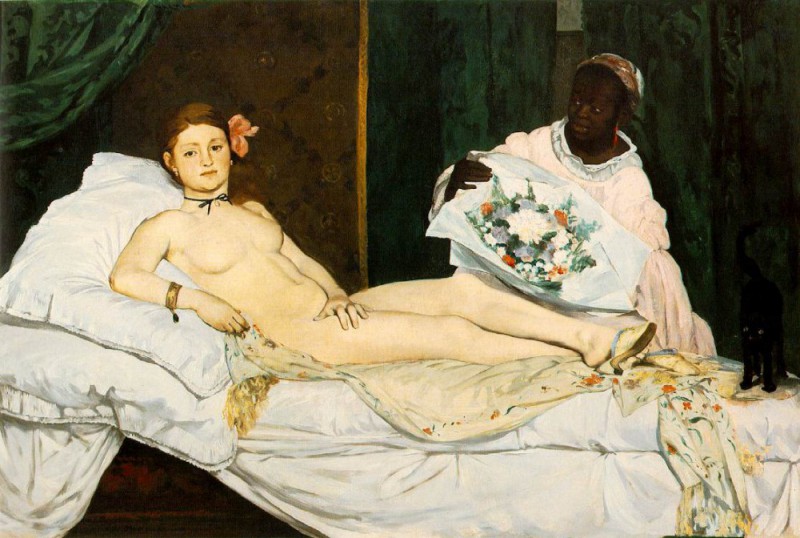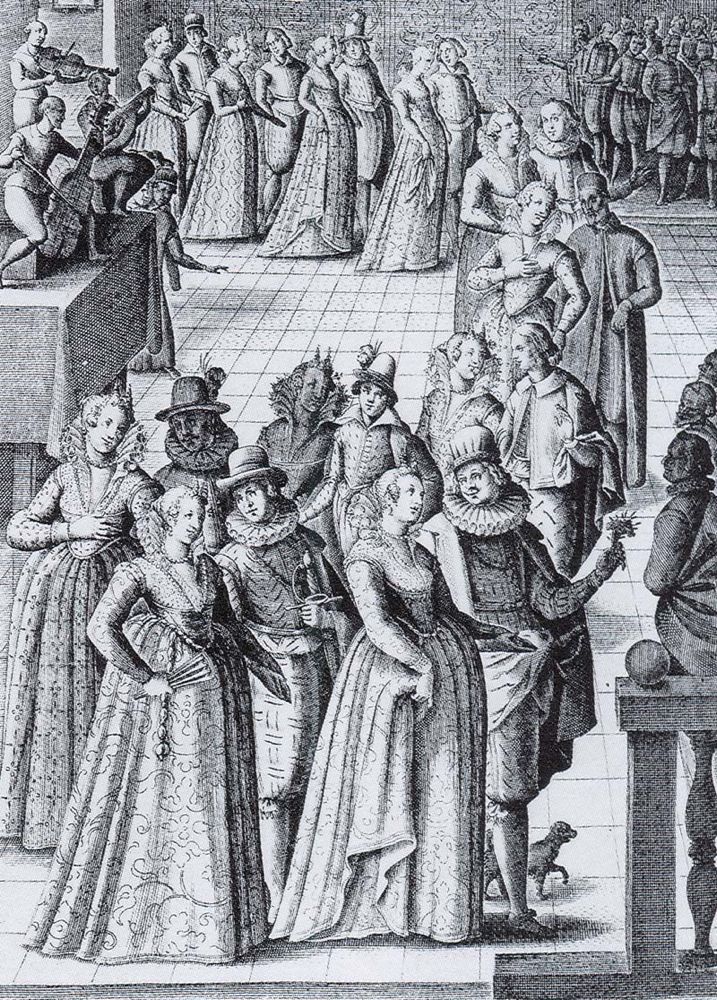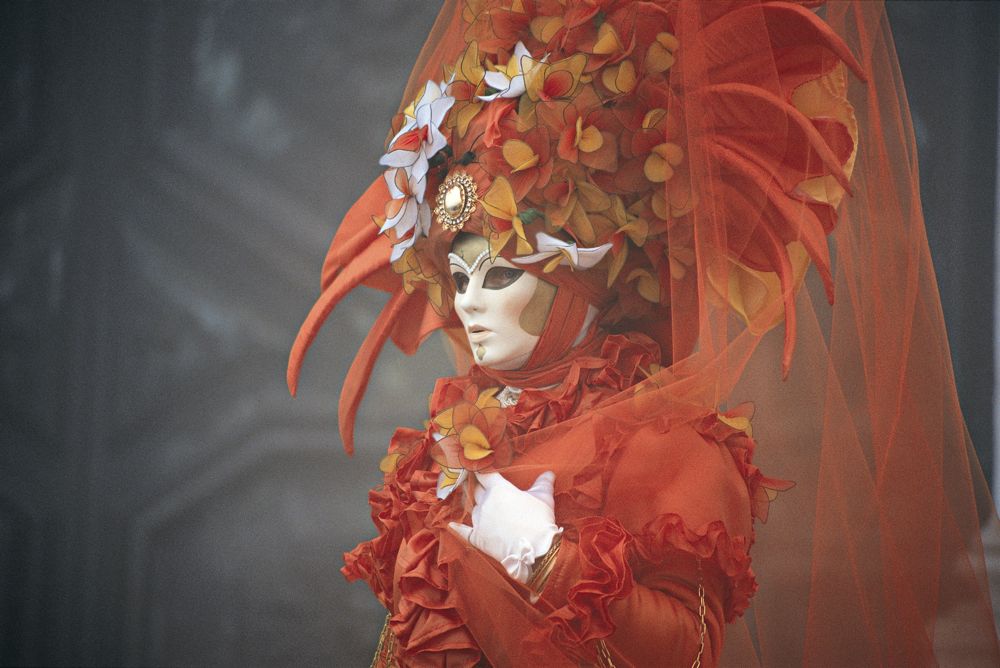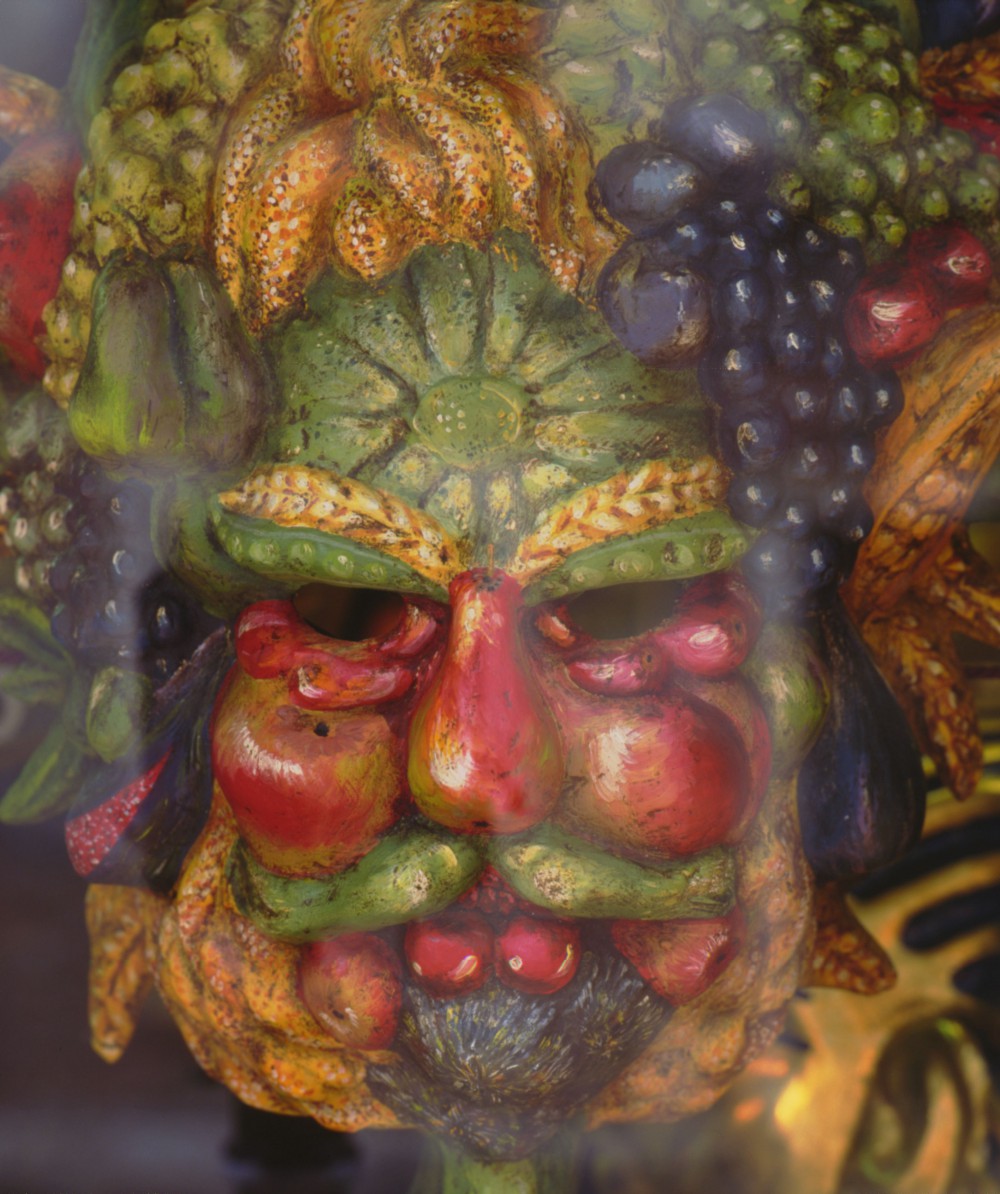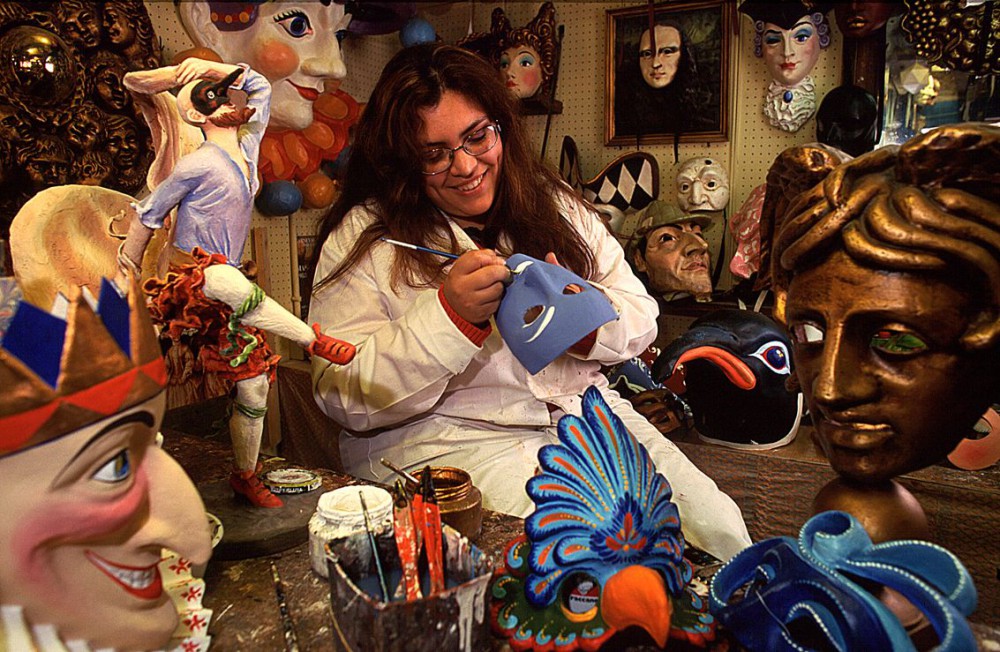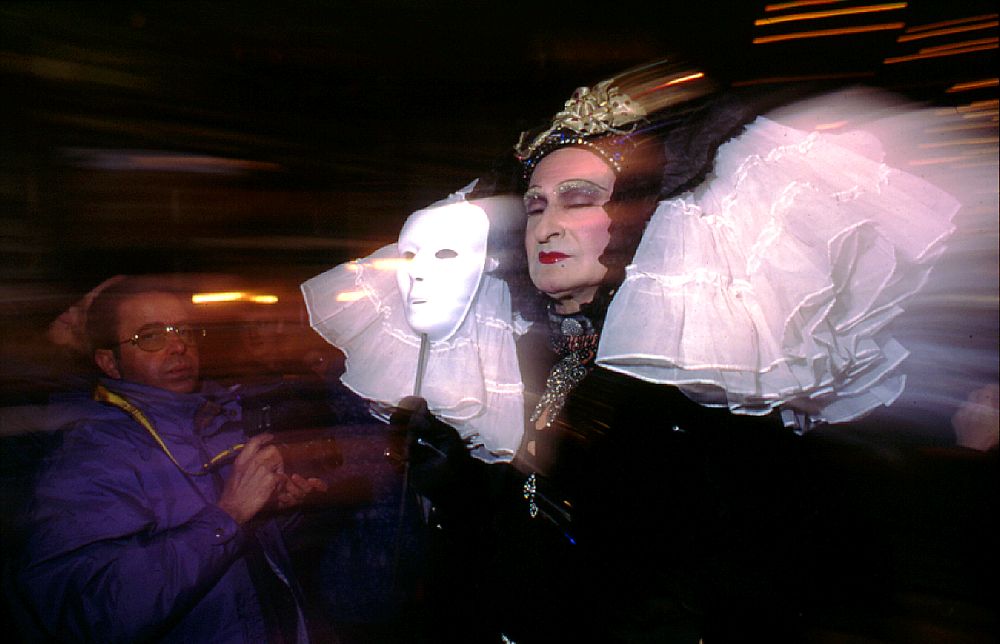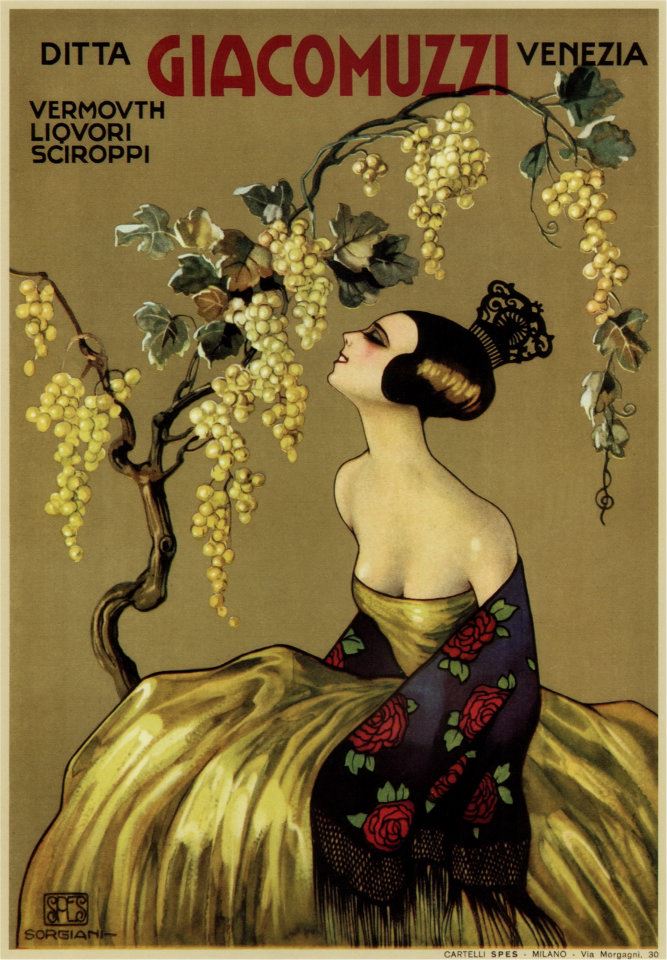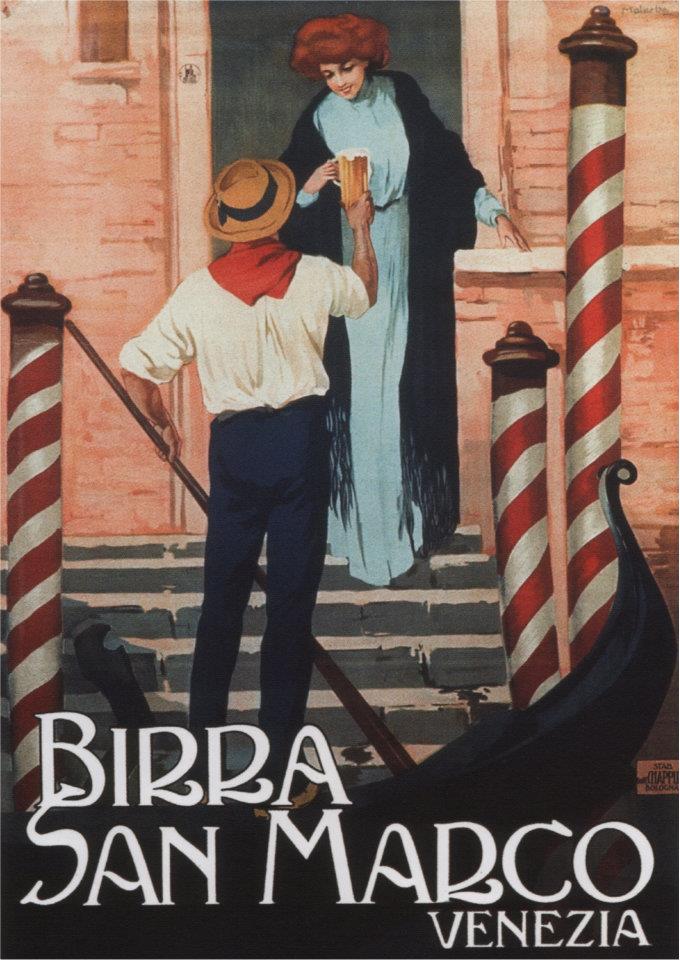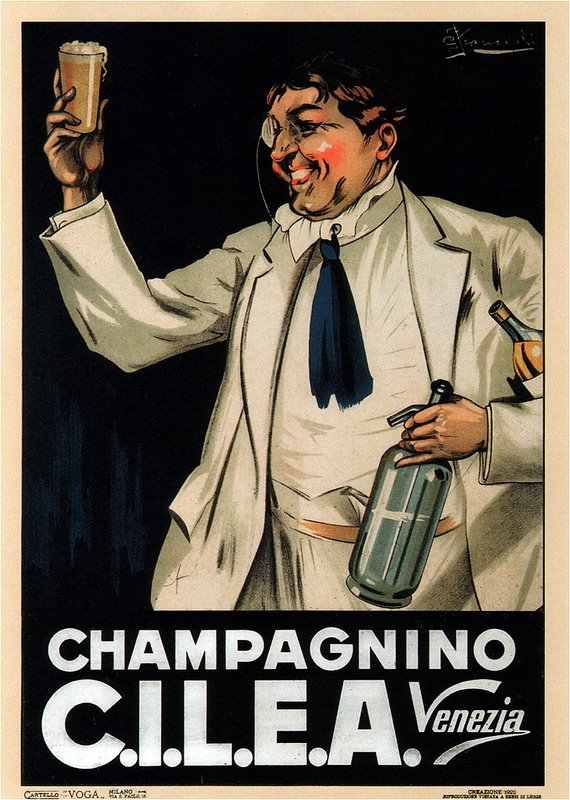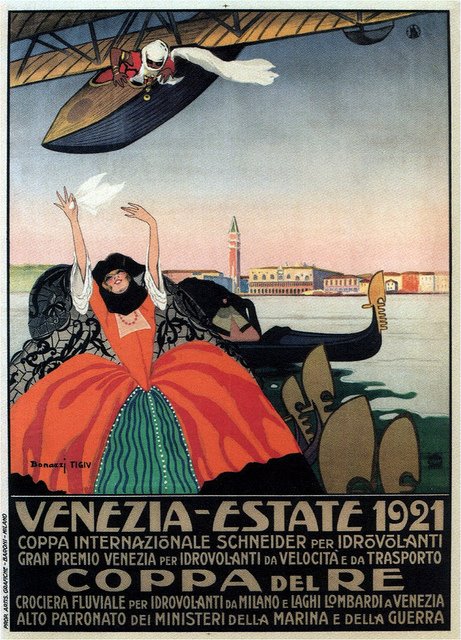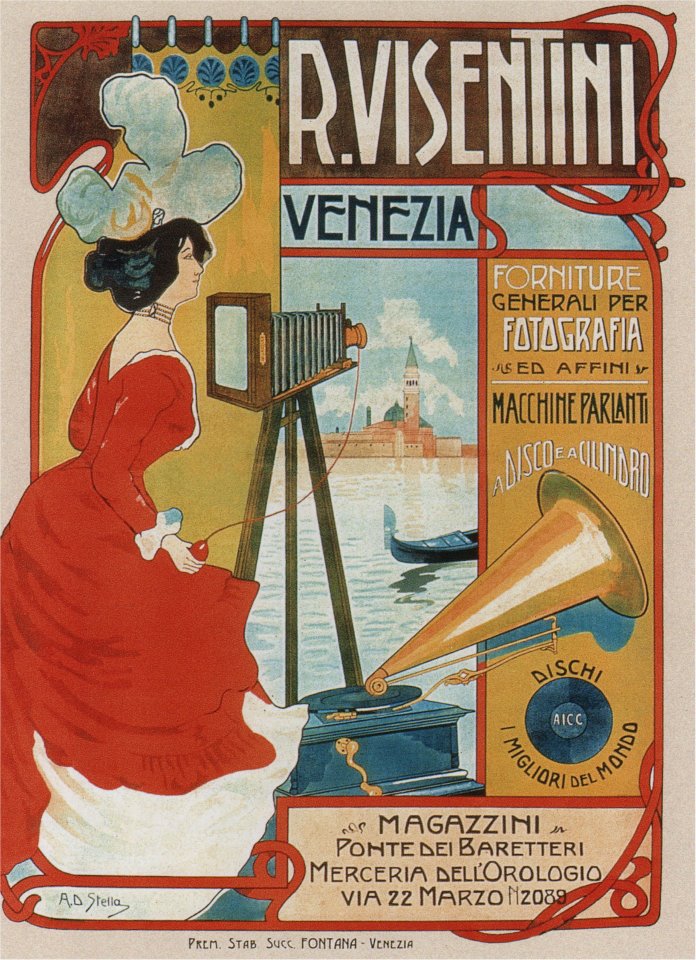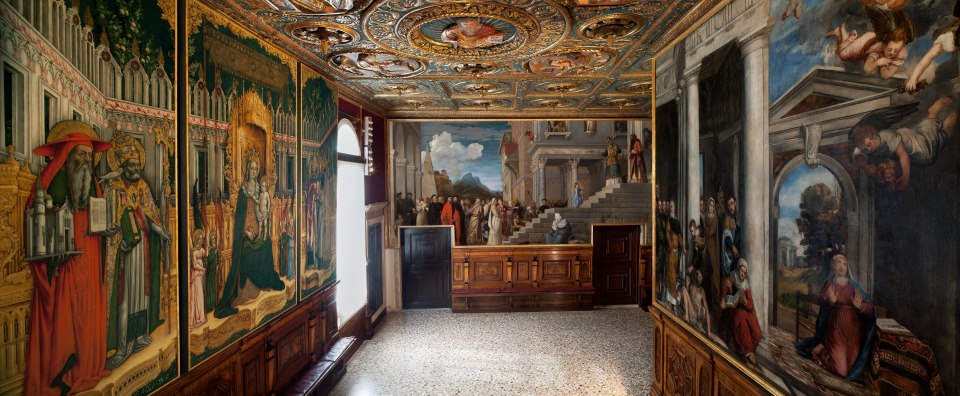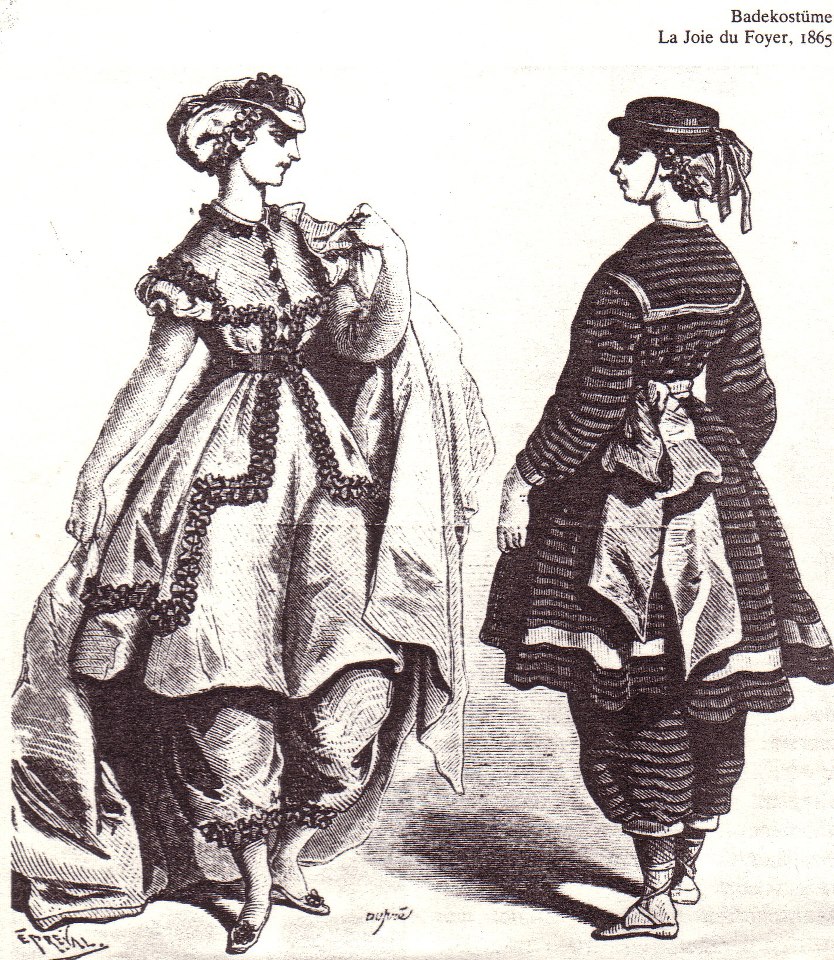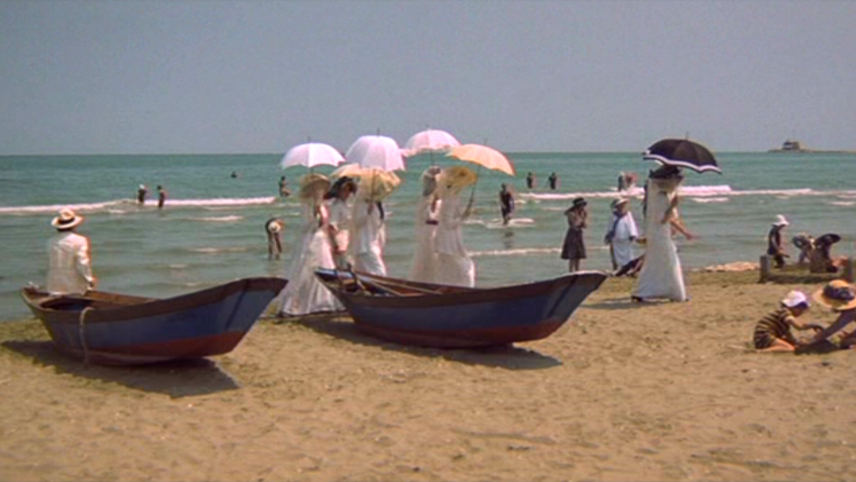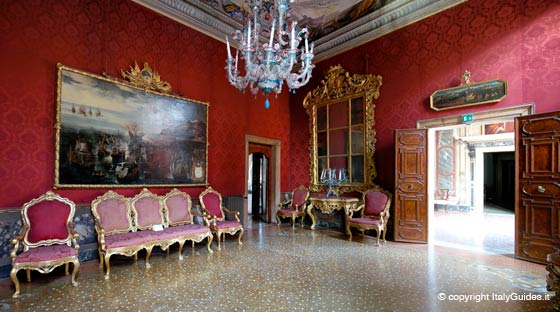Made by blown glass or through lamp-work, of different shapes and colors, enriched by microscopic glass threads, the Venetian glass beads are still today a must-have for every woman living in the city.
In Venice there are still some glass beads shops, different for style and design, where you can find unique pieces.
In the district of Santa Croce, a small shop reveals an incredible variety of beads. The owner of this little and hidden shrine, Cristina Bedin, is a passionate jewel designer who travels throughout Europe, the Mediterranean world and also to the States, to search ancient or vintage beads.
She designs and makes personally the necklaces that you can see in her shop, but she can make up one for you with the beads that you can choose yourself from her amazing collection.
Cristina is also a fabulous narrator and while you are there you can listen to the many stories she knows about this beloved jewel, as for example that in the 17th and 18th century they were used as currency in Africa and in America to trade with the Natives.
The creativity of Cristina Bedin is constantly inspired by the long tradition, the today fashion and by that sense for glamour that has always accompanied Venetian women throughout the long history of the city.
If in Venice, don’t miss her!
L’Opera al Bianco – Santa Croce 1239/a – Venice
www.operavenezia.com
